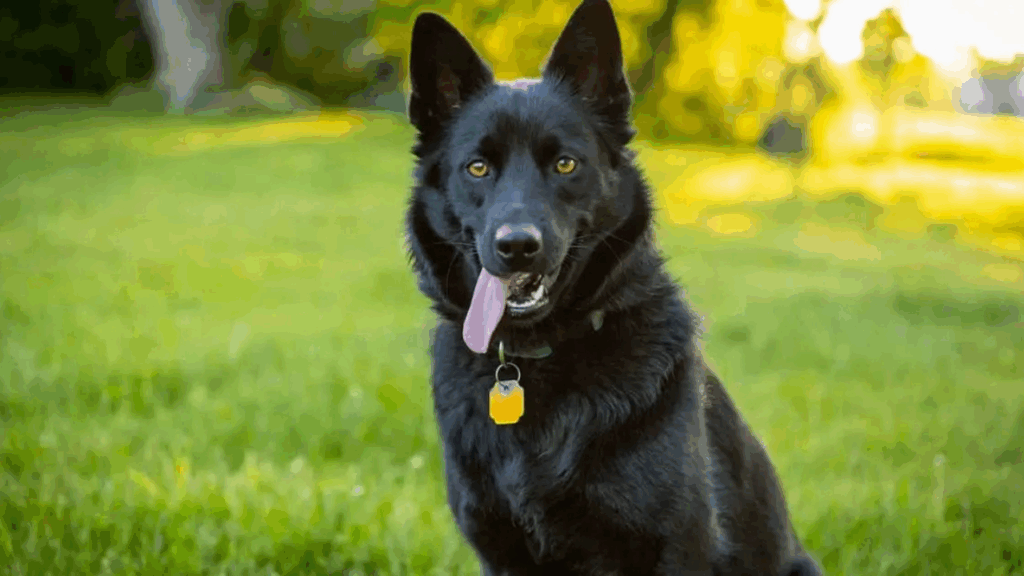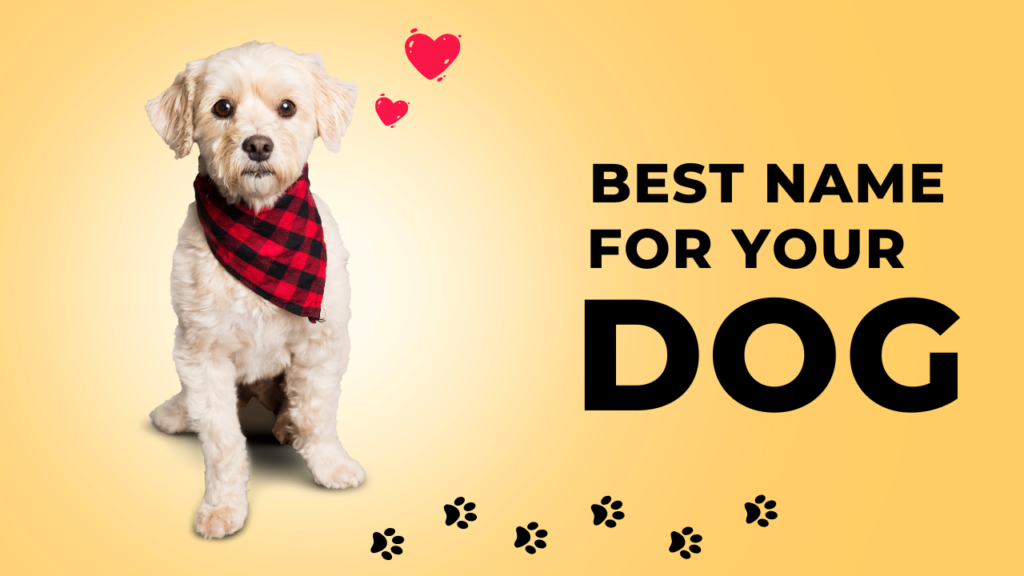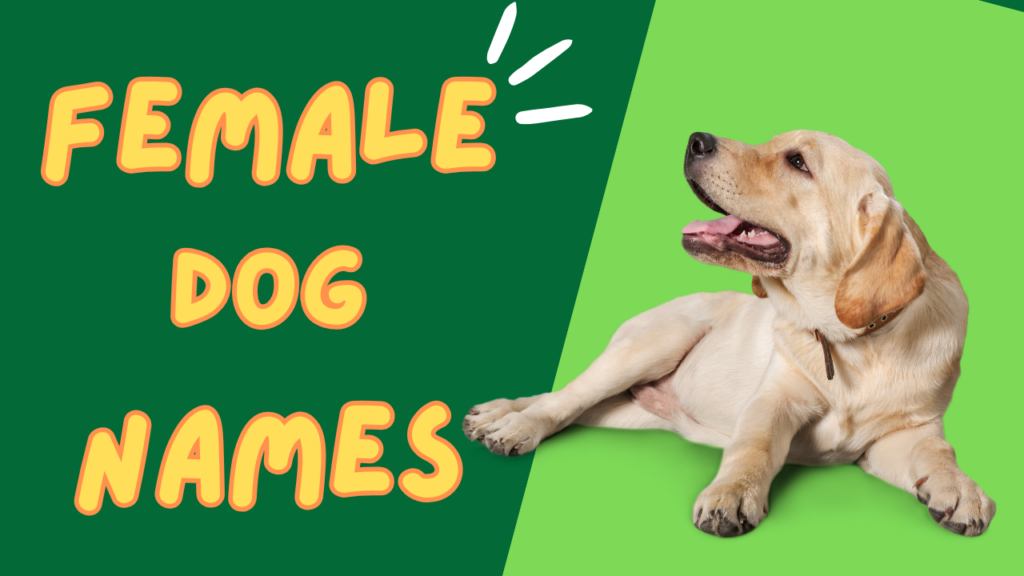The Norwegian Elkhound, with its striking silver-gray coat, powerful build, and proud carriage, is a breed that exudes strength, dignity, and loyalty. This ancient breed hails from the rugged terrain of Scandinavia and has long been a trusted companion to hunters and guardians of homes and farms. Renowned for its stamina, courage, and deep bond with its human family, the Norwegian Elkhound is a versatile working dog that also makes an affectionate and protective pet.
History and Origins
The Norwegian Elkhound is one of the oldest dog breeds in Europe, dating back over 1,000 years. Archaeological findings suggest that dogs resembling the Elkhound were used by the Vikings for hunting and guarding. The breed was developed in Norway to track and hold large game such as elk (moose), bear, and other wild animals. Their role was not to kill but to locate game and keep it at bay until the hunter arrived.
The breed’s name, “Elkhound,” is a direct reference to its traditional use in elk hunting. In Norwegian, the breed is called “Norsk Elghund,” which translates to “Norwegian Moose Dog.” It was officially recognized by the American Kennel Club in 1930 and continues to be appreciated for its hunting skills, protective nature, and companionship.
Physical Characteristics
The Norwegian Elkhound is a medium-sized, spitz-type dog, built for endurance and harsh climates. It is sturdy, muscular, and agile, with physical features that enable it to thrive in the rugged Nordic wilderness.
- Size: Males typically stand around 20.5 inches tall and weigh about 55 pounds, while females are slightly smaller, at 19.5 inches and 48 pounds.
- Coat: One of the most distinctive features of the Elkhound is its thick, double-layered coat. The outer coat is coarse and weather-resistant, while the undercoat is soft and dense, providing insulation in cold conditions. The coat is predominantly silver-gray with black tips and shading.
- Tail and Ears: The tail is tightly curled over the back, a classic feature of spitz breeds. The ears are erect, triangular, and highly expressive, constantly alert to surroundings.
- Face: The Elkhound has a keen and intelligent expression with dark, almond-shaped eyes and a black mask, giving it a noble and alert appearance.
Temperament and Personality
The Norwegian Elkhound is known for its bold, friendly, and independent spirit. Though originally bred as a hunting dog, it has many qualities that make it a wonderful family companion.
- Loyal and Protective: Elkhounds are deeply devoted to their families and can be protective, making them excellent watchdogs. They are not aggressive by nature but will alert their owners to any unusual activity.
- Friendly and Social: This breed is generally good with children and enjoys being part of family activities. It’s usually friendly with strangers once properly introduced and can get along with other pets if socialized early.
- Energetic and Playful: As a working dog, the Elkhound has high energy levels and enjoys active play, hikes, and outdoor adventures. It thrives in homes where it can get plenty of physical and mental stimulation.
- Independent Thinker: The Elkhound is intelligent but can be stubborn and independent. This trait requires patient, consistent training and a firm but gentle hand.
Exercise and Training
Because of their history as hunters and sled dogs, Norwegian Elkhounds require regular, vigorous exercise. They are not well-suited to sedentary or apartment lifestyles unless given ample daily activity. Long walks, hiking, running, or agility training are excellent outlets for their energy.
Training should begin early with a focus on consistency and positive reinforcement. While intelligent, the Elkhound may choose not to obey if it doesn’t see the point in the task, so keeping training sessions engaging and rewarding is key.
Socialization is also important to help the dog become well-mannered and comfortable around different people, animals, and environments.
Grooming and Care
The Elkhound’s double coat sheds year-round and more heavily during seasonal changes (spring and fall). Regular brushing, at least twice a week, is essential to manage shedding and keep the coat healthy. During heavy shedding periods, daily brushing may be needed.
Other grooming needs include regular ear cleaning, nail trimming, and dental care. The Elkhound is generally a clean dog and doesn’t require frequent baths unless particularly dirty.
Health and Lifespan
The Norwegian Elkhound is a robust and generally healthy breed with a lifespan of 12 to 15 years. However, like all breeds, it can be prone to certain genetic conditions, including:
- Hip dysplasia
- Progressive retinal atrophy (PRA)
- Hypothyroidism
- Kidney issues, such as Fanconi syndrome
Reputable breeders screen for common health problems and aim to produce healthy, well-tempered dogs. Regular veterinary check-ups and a balanced diet will help keep an Elkhound healthy throughout its life.
Is the Norwegian Elkhound Right for You?
The Norwegian Elkhound is a breed for those who appreciate a strong-willed, active, and affectionate dog. It does best with owners who are experienced, committed, and willing to provide consistent training and daily exercise. The breed thrives in homes with outdoor access and a family that includes the dog in their activities.
For those who meet its needs, the Norwegian Elkhound offers unwavering loyalty, spirited companionship, and the heritage of a noble hunting dog from the North.

Andy Parker is a dog lover, writer, and senior editor at BarkPicks. With years of experience covering canine health, training, and gear, he helps pet parents make smarter choices for happier, healthier dogs. Andy shares his home (and heart) with two rescue pups, Charlie and Mia.



